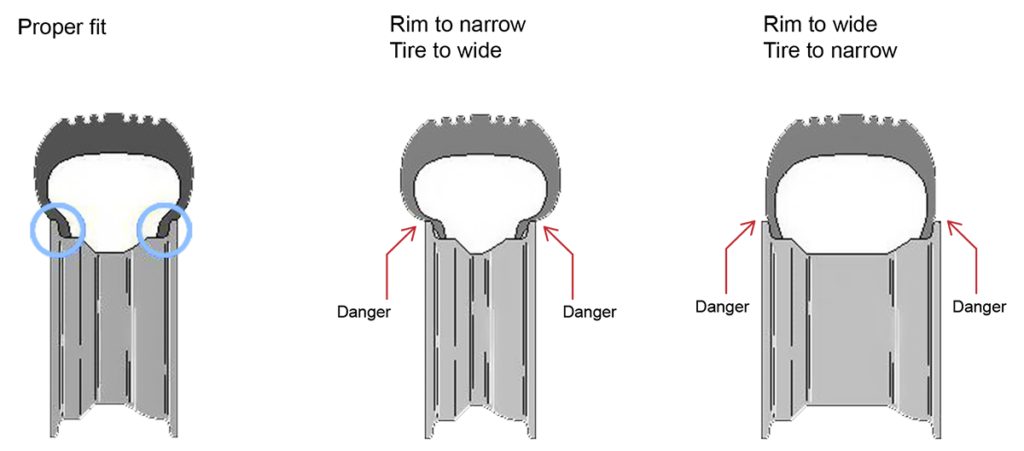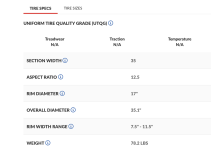Ultimately, I guess this site requires a discussion about tires.
My rig looks like ^, a white F 150, however. I'm running stock wheels with KO 2's.
This thread is about "Off roading", as opposed to "Overlanding" I suppose there is a difference, where off roading entails encountering obstacles at a "slow" speed where the purpose is to negotiate that obstacle, vs. overlanding as travel. Overlanding may involve off road travels and encountering obstacles but the purpose is traveling.
So, with huge tires, does your HD pickup negotiate boulders, mud, sand and downed forest debris better than stock sizes? I guess, but it really messes up expectations of a comfortable ride on the streets, sure makes for more wear and tear on the vehicle and may require ear plugs on the interstate.
Most here use their vehicles as an everyday driver, I'm sure. With that assumption, should we address the best alternatives for 90% of our driving requirements or suffer all the negative aspects of running larger tires.
I do understand some guys hauling their egos in their trucks, but you can certainly have your overlanding and occasional off road episodes with stock wheels and OEM size tires.




